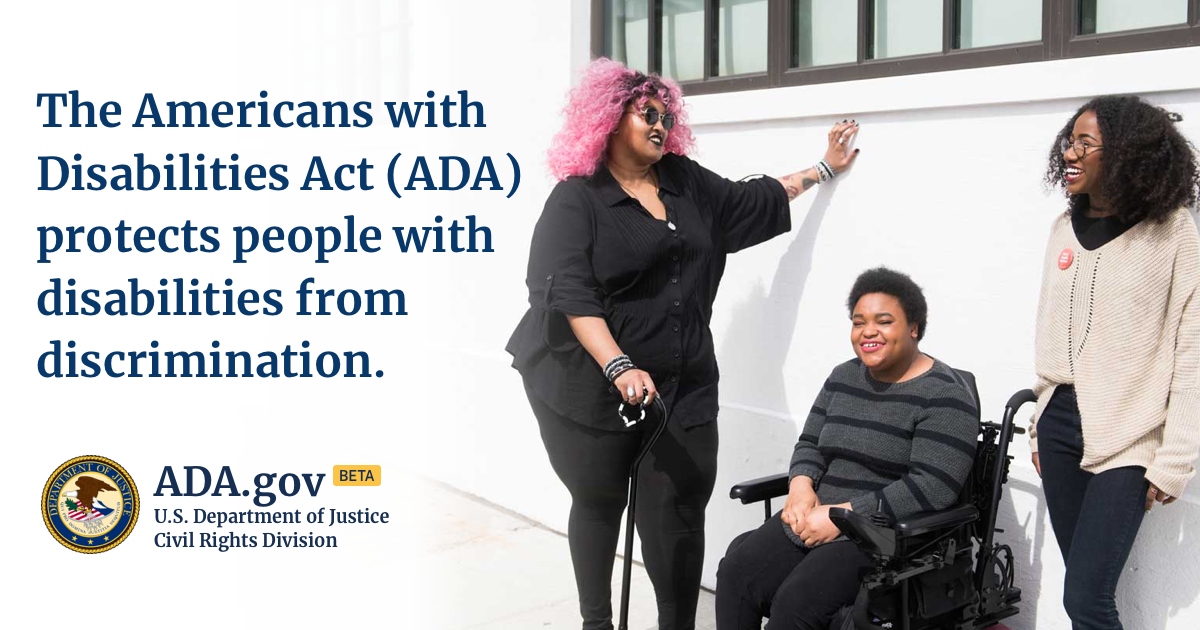Reasonable standard of care suggests informing property owners and business operators of the ongoing requirements applicable to public accommodations to remove barriers where it is readily achievable to do so. [28 C.F.R. § 36.304; See also 42 U.S.C. §12182(b)(2)(iv)&(v)]
Under the ADA, discrimination includes a failure to design and construct a facility that is readily accessible to and usable by individuals with disabilities
[42 U.S.C. § 12183(a)(l); 28 C.F.R. § 36.401(a)]
Requirements for Alterations
The ADA requires altered portions of a facility to be made accessible to, and usable by, individuals with disabilities. Any alteration that affects the usability of or access to an area of the facility that contains a primary function must also be constructed so that the path of travel to the altered area be accessible to, and usable by, individuals with disabilities. If a facility is altered in a manner that affects its usability, then the alteration, to the maximum extent feasible, must make the altered portions of the facility and the path of travel elements serving the altered area readily accessible to and usable by individuals with disabilities. [42 U.S.C. § 12183(a)(2)]
Alteration affecting a “primary function” of a facility must consider “path of travel” elements serving the altered area (including accessible routes, bathrooms, telephones, drinking fountains, break rooms and other features that serve the primary function area being altered) so as to make it accessible to, and usable by, individuals with disabilities. This must be achieved to the maximum extent feasible, as long as the scope and cost of these alterations required under the ADA are not disproportionate to the overall cost of the alterations. [42 U.S.C. § 12183(a)(2); 28 C.F.R. § 36.403]
Primary function is defined in the regulations as a “major activity for which the facility is intended.” Areas serving public customers, meeting rooms and offices and other work areas in business facilities where the purpose of the facility is carried out are primary function areas. Primary function definition does not include alterations to such ancillary facilities as mechanical rooms, boiler rooms, supply rooms, or to employee break rooms, supply closets, entrances, corridors and restrooms, entry vestibules, etc. [28 C.F.R. § 36.403(b)]
Path of travel. [28 C.F.R. § 36.403(e)]
A “path of travel” includes a continuous, unobstructed way of pedestrian passage by means of which the altered area may be approached, entered, and exited, and which connects the altered area with an exterior approach (including sidewalks, streets, and parking areas), an entrance to the facility, and other parts of the facility.
An accessible path of travel may consist of walks and sidewalks, curb ramps and other interior or exterior pedestrian ramps; clear floor paths through lobbies, corridors, rooms, and other improved areas; parking access aisles; elevators and lifts; or a combination of these elements.
The term “path of travel” also includes the restrooms, telephones, and drinking fountains serving the altered area.


